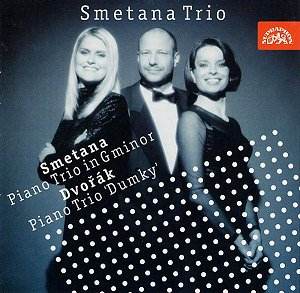 Composer: Max Rostal
Composer: Max Rostal
Works: In Memoriam Bela Bartók, Violin Concerto No. 2, Violin Concerto by Alban Berg, Violin Concerto by Bernard Stevens, Violin Concerto No. 1 by Dmitri Shostakovich
Performers: Max Rostal, violin; BBC Scottish Symphony Orchestra conducted by Norman del Mar; BBC Symphony Orchestra conducted by Hermann Scherchen; BBC Northern Orchestra conducted by Charles Groves; BBC Symphony Orchestra conducted by Sir Malcolm Sargent
Recording: Various live recordings from 1948 to 1962
Label: Symposium
Max Rostal, a prominent figure in 20th-century violin performance and pedagogy, emerges in this collection not merely as a performer but as a custodian of the evolving violin repertoire. His contributions to the preservation and performance of significant works, particularly those by Bartók, Berg, and Stevens, are encapsulated in these recordings, which serve as a testament to his dual legacy as a musician and educator. This compilation, spanning over a decade, offers listeners a valuable glimpse into the interpretative choices and stylistic evolution of a violinist who, while never achieving the universal acclaim of contemporaries like Menuhin, shaped the trajectory of violin music through his teaching and performances.
The performances on this set reflect Rostal’s distinctive interpretative voice, particularly in Bartók’s Violin Concerto No. 2 from 1962, which showcases his ardent expressiveness and keen understanding of the work’s complex emotional landscape. The recording, despite its sonic limitations—characterized by a somewhat muddied balance—captures the essence of Rostal’s nuanced playing. His tone, while not opulent, possesses an individual character that resonates deeply within the fabric of Bartók’s orchestral textures. The first movement cadenza is particularly noteworthy; Rostal navigates its discursive nature with a blend of intellectual rigor and emotive engagement, lending a sense of architectural coherence to an often fragmented score. His control during the second movement’s delicate passages, harmonized with shimmering strings and harp, reveals a sophisticated interplay between soloist and orchestra, elevating the performance beyond mere technical execution to a profound interpretative dialogue.
Rostal’s interpretation of Berg’s Violin Concerto, preserved from a 1953 concert, is similarly marked by clarity and insight. Conducted by Hermann Scherchen—who had premiered the work—this performance, despite its technical drawbacks, allows for an unimpeded exploration of Berg’s intricate sound world. Rostal’s choice of tempo and his judicious use of vibrato lend the work an unexpected lightness, countering the often solemn interpretations that dominate the repertoire. His sparing vibrato usage and nuanced tonal control permit the rich emotional undercurrents of the concerto to surface, revealing a deeply personal engagement with Berg’s masterful orchestration.
The performances of Bernard Stevens’ Violin Concerto and Shostakovich’s Violin Concerto No. 1 serve to illuminate Rostal’s commitment to contemporary repertoire. The Stevens concerto, a collaboration born from Rostal’s encouragement, is performed with a remarkable sense of dramatic tension and lyrical depth, despite the recording’s scratchy imperfections. Here, Rostal’s technical prowess is evident in the commanding opening gestures, which are juxtaposed against the orchestra’s more subdued accompaniment. The Shostakovich concerto, recorded in 1956, presents a more complex challenge, with Rostal’s interpretation marked by moments of expressive intensity that occasionally verge on the tremulous. His handling of the Passacaglia showcases a formidable understanding of the work’s emotional architecture, yet he seems momentarily hindered by the recording’s limitations, which detract from the overall impact of the performance.
Rostal’s recordings, while not without their technical flaws, present an essential historical document that encapsulates the artistry of a musician who bridged the pedagogical legacies of Carl Flesch with the contemporary music of his time. Each performance is imbued with a sense of purpose and conviction, underscoring Rostal’s role as a champion of the violin repertoire. The collection stands as a valuable contribution to the discography of 20th-century violin performance, offering insights not only into Rostal’s artistry but also into the evolving landscape of violin music in the post-war era. His devotion to both the instrument and its literature ensures that these performances resonate with a lasting significance, affirming Rostal’s place as a pivotal figure in the annals of violin history.



